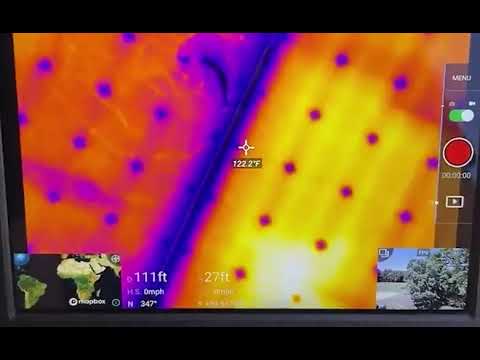
Surveillance of energy stations by drone is crucial to ensure the proper functioning, safety, and efficiency of energy infrastructures. Drones have become powerful tools for this surveillance, offering significant advantages for operations in the energy sector.
Precise Inspection of Facilities
Drones, equipped with high-resolution cameras and specialized sensors, enable meticulous inspection of energy facilities. They can identify failures, damages, leaks, and other issues, providing a precise overview of equipment conditions.
Rapid Response
Drones facilitate swift action in case of incidents. They can be deployed immediately to assess affected areas and evaluate damages, allowing for quicker corrective measures, thus minimizing downtime and disruptions in energy supply.
Electric Line Surveillance
Drones excel in overseeing electric lines across long distances. They identify damaged cables, trees posing threats to lines, and even illegal activities such as copper theft, ensuring the electrical grid’s safety and reliability.
Thermal Analysis and Thermography
Utilizing infrared cameras, drones perform thermal analyses to detect hot spots, overheating, and overload issues, crucial for preventing failures and fire risks in electrical installations.
Real-Time Data Collection
Drones collect real-time data on equipment performance, temperature, pressure, and other vital parameters, enabling operators to act swiftly upon detected issues.
Enhanced Safety
Drone surveillance improves personnel safety by reducing the need for direct, potentially hazardous interventions, thereby lowering the risk of on-site accidents.
Conclusion
Drones have revolutionized energy station surveillance by offering a fast, precise, and secure approach. Their ability to inspect facilities, monitor electric lines, and gather data in real-time contributes to the efficiency, reliability, and safety of energy infrastructures. Trust our expertise for optimal surveillance of your energy stations.

